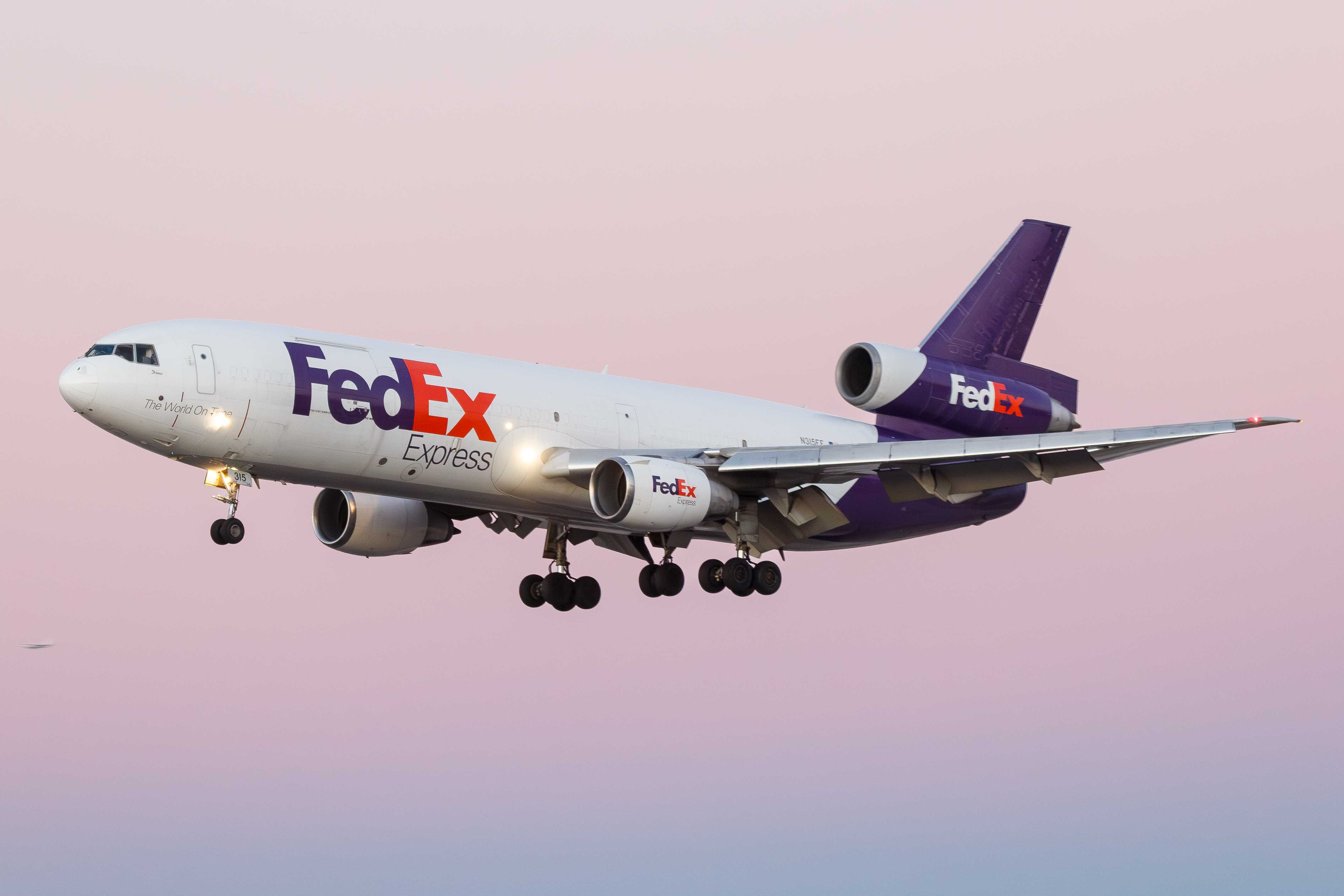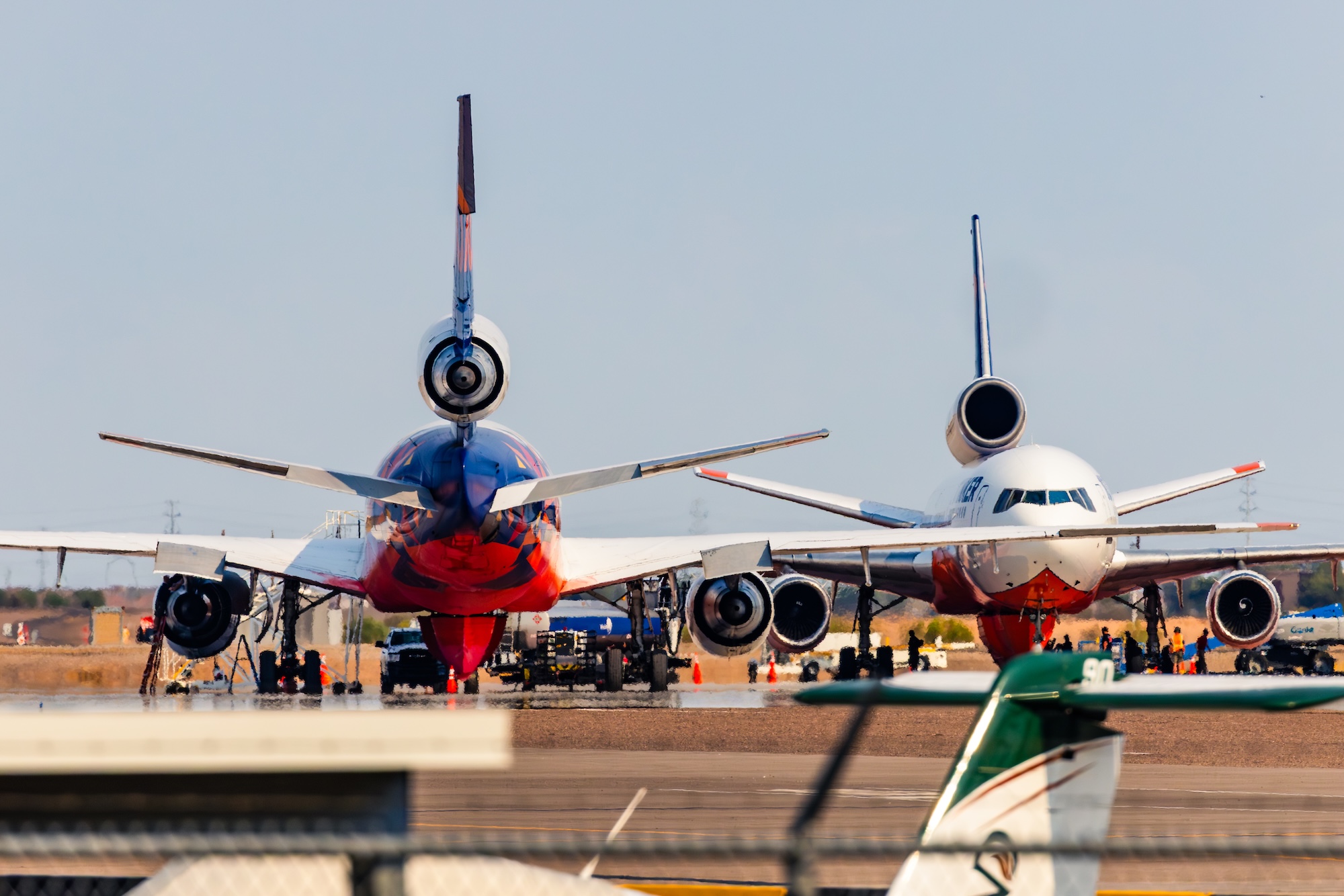DALLAS — In an unprecedented move, the U.S. Federal Aviation Administration (FAA) has expanded its emergency Airworthiness Directive for the Boeing MD-11 to encompass all DC-10 and MD-10 aircraft variants.
This sweeping action is a response to this month’s alarming incident in which a UPS MD-11F lost its left engine and pylon during takeoff—a failure still under investigation that has ramifications for the broader fleet due to structural similarities among these aircraft types.
“The FAA is issuing this emergency AD because the agency has determined the unsafe condition described previously is likely to exist or develop in other products of the same type design,” reads the directive, issued as AD 2025-23-53.

Scope of the Directive
The directive now applies to:
- MD-11, MD-11F
- MD-10-10F, MD-10-30F
- DC-10-10, DC-10-10F, DC-10-15, DC-10-30, DC-10-30F, KC-10A, KDC-10, DC-10-40, DC-10-40F
Further flight is strictly prohibited for all affected models “until the airplane is inspected and all applicable corrective actions are performed using a method approved by the Manager, AIR-520, Continued Operational Safety Branch, FAA,” per the AD.
Notably, the FAA has forbidden the issuance of special flight permits except under narrowly defined conditions, again reinforcing the urgency:
“Special flight permits, as described in 14 CFR 21.197 and 21.199, are not allowed unless approved in accordance with [specific emergency procedures],” states the order.
Justification for Immediate Adoption
The directive’s issuance bypassed the standard public comment period, relying on a rarely invoked provision for good cause under the Administrative Procedure Act. The FAA wrote:
“The severity of the unsafe condition necessitates prohibiting further flight until … corrective actions are performed. The compliance time … is shorter than the time necessary for the public to comment and for publication of the final rule.”
.jpg)
C-10,MD-10 Fleet
The number of active DC-10 and MD-10 aircraft worldwide in 2025 is limited, and none are operated in regular passenger service. Most are dedicated to special missions, cargo, or humanitarian work. Here’s a comprehensive list, based on recent fleet reports and authoritative industry sources:
Active DC-10, MD-10 Aircraft (2025):
- 10 Tanker Air Carrier (U.S.)
Role: Firefighting aerial tankers
Fleet: 4 active DC-10-30s [N17085, N603AX, N612AX, N522AX]
Base: Albuquerque, New Mexico
Use: Water bombing, aerial firefighting - Omega Aerial Refueling Services (U.S.)
Role: Aerial refueling tankers
Fleet: 2 DC-10-40s
Use: Military contract aerial fueling—these jets occasionally appear on defense missions and air shows - Orbis International (Global NGO)
Role: Humanitarian Flying Eye Hospital
Fleet: 1 MD-10-30 (ex-FedEx, highly modified for medical use)
Registration: N330AU
Base: Mobile/international - TAB Cargo (Bolivia)
Role: Cargo
Fleet: 1 DC-10-10F
Base: Viru Viru International Airport, Bolivia
Most DC-10 and MD-10 freighters (including those formerly flown by FedEx and UPS) have now been retired or stored in the wake of recent FAA directives.
What Comes Next for Operators
Affected operators range from fire and medevac carriers to major cargo airlines and Air Force refuelers. The FAA considers this directive “an interim action,” with further rule-making likely as the investigation progresses. Requests for alternative compliance must be directed to the FAA and be approved at the highest levels.
For full official details, see FAA Emergency Airworthiness Directive AD 2025-23-53, issued November 14, 2025.



.webp)
